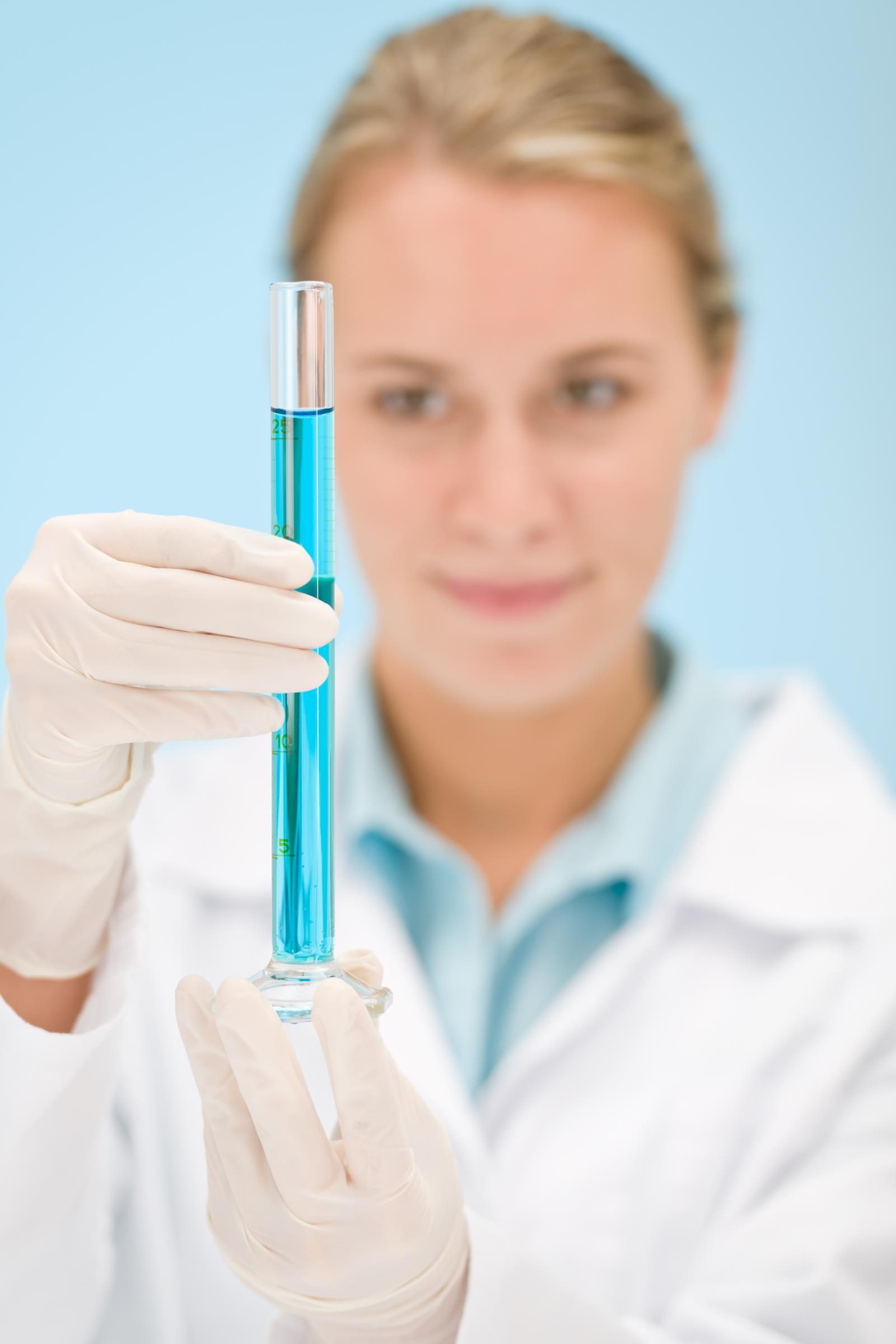Urine Testing
The urine test is the most common form of drug and alcohol testing. It may be conducted as part of pre-employment screening, randomly, or post-accident by employers, especially for employees in certain occupations. Currently, urinalysis is the only testing method approved for federally-mandated testing. It’s also the least invasive and most legally acceptable form of employment drug testing.
Urine test results show the presence or absence of drug metabolites in a person’s urine. Metabolites are drug residues that remain in the body for a period of time even after the effects of a drug have worn off, and because of this, a positive urine test does not necessarily prove that a person was under the influence of drugs at the time of the test.
Drugs that are screened in a typical urine drug test include marijuana, cocaine, amphetamines and methamphetamines, PCP, opiates, and more.
Hair Testing
The hair test is regarded by many as the best indicator of repeat drug use since it can detect repeat drug use up to a 90-day window. Since hair testing has a wider “detection window,” it eliminates the opportunity for people to abstain for several days prior to being tested, to avoid a positive test. Hair tests can also be used to draw comparative test results, to find out when the drug was used, how long it was used for, and when use was discontinued.
Hair testing requires a small sample of hair that is collected under direct supervision without any invasion of privacy and is considered an excellent option for pre-employment and random drug testing programs. Hair tests detect for marijuana, cocaine, amphetamines and methamphetamines, PCP, and opioids.
For more than 14 years VSI’s lab partner, Omega Laboratory has been the pioneer and leader in hair drug testing. Omega hair testing is considered cheat-proof since it cannot be substituted, adulterated, or diluted with cleansers, bleaches, or dyes.
Oral Fluid Testing
The mouth swab drug test, which is also known as a saliva test or oral fluid test, collects a saliva sample from the inside of a person’s mouth. Mouth swab drug tests remain popular among employers for many reasons, one of which is because they are less expensive than other drug tests. They are also easy to administer (a swab of the inner cheek is the most common collection method) and often the sample collection can be done on-site which makes them quick and efficient. FDA-approved onsite swabs are available for testers to observe the specimen collection, making it hard to cheat; samples are then sent to the lab for screening and confirmation. This also reduces tampering, shy bladder and any donor challenge later in the screening process.
Drugs take time to metabolize and pass through the system into urine, but saliva tests can detect use that has been extremely recent — ranging from a few minutes to about 48 hours. This makes oral fluid testing ideal for a wide variety of testing situations.
VSI’s vendor partner Redwood Toxicology, a pioneer of oral fluid technology, is a leader in providing all of your oral testing needs and education.
Evidential Breath Alcohol Testing
Unlike other tests for drug consumption, alcohol tests can only show current levels of impairment or intoxication, but not past use. Breath alcohol tests are the most common form of alcohol testing in the workplace. Alcohol tests using this methodology are administered by having the person blow into a breathalyzer and the results are given as a number.
Department of Transportation (DOT) Alcohol Testing
Mandatory alcohol and drug testing are required by the United States Department of Transportation for some occupations and industries. This mandatory testing includes occupations in trucking, pipeline, aviation, maritime, railroad, and transit employees in safety-sensitive occupations. For alcohol screenings, a Breath Alcohol Concentration (BrAC) result of 0.02 or higher will require a confirmation breath alcohol test within 15-30 minutes of the screening. Results of 0.02 or higher must be immediately reported to the employer. Results between 0.02 – 0.039, involve the employee being removed from safety-sensitive positions for a set period of time, which is determined by each DOT administration. Results of 0.04 or higher, consisting of the employee being immediately removed from safety-sensitive duties and to undergo a DOT-specified substance abuse program before returning to a safety-sensitive position again.

